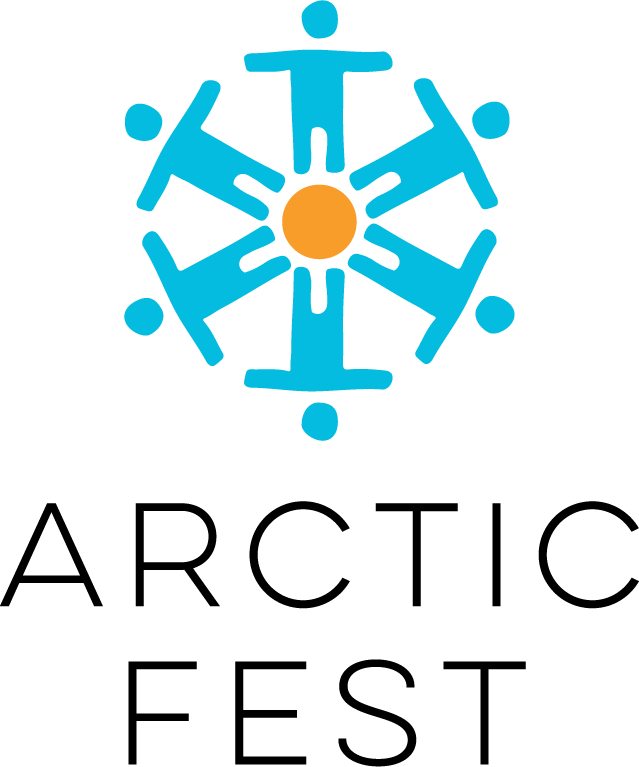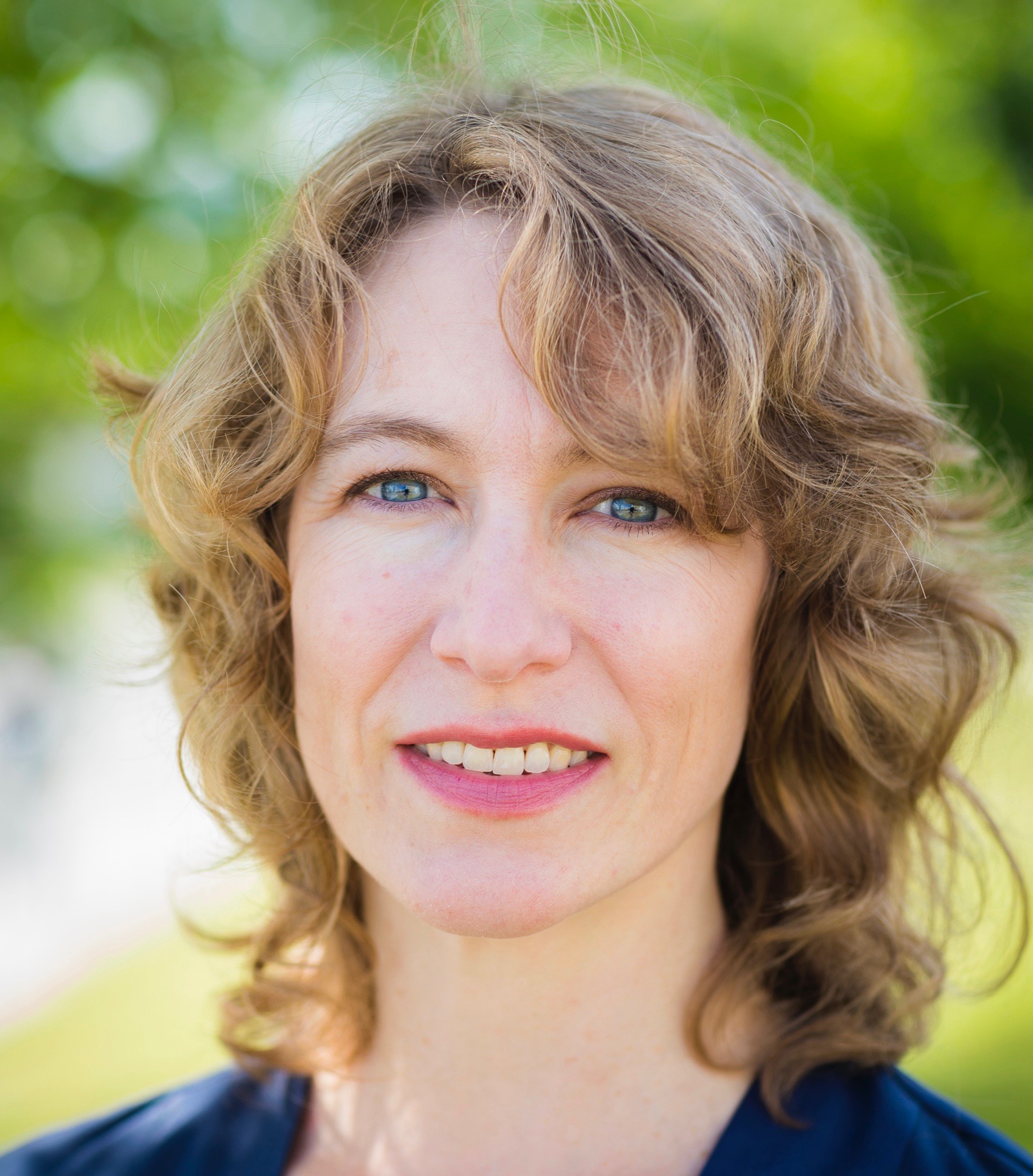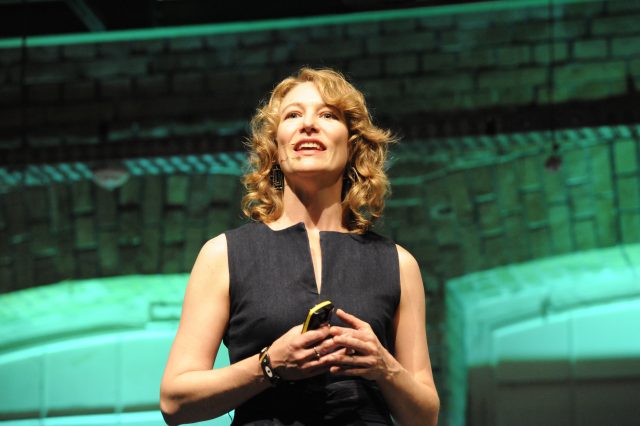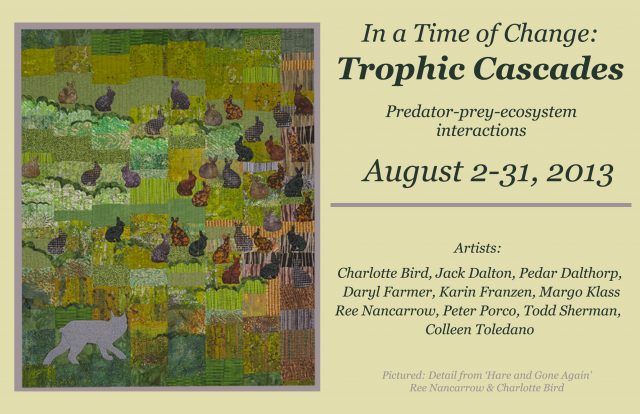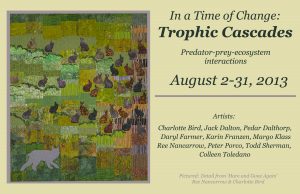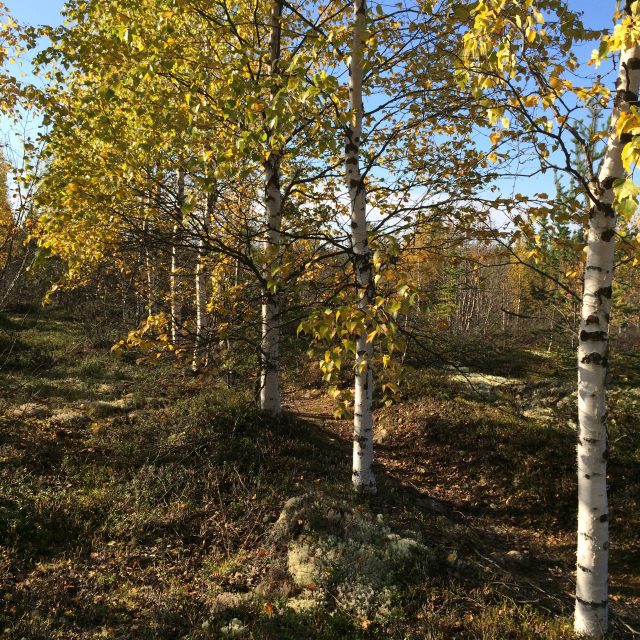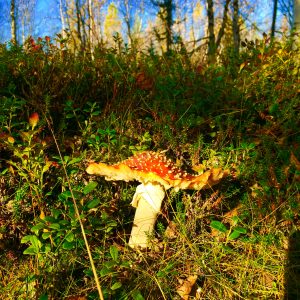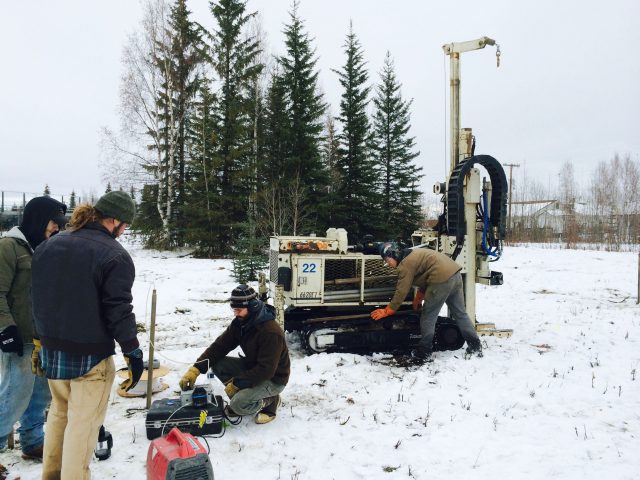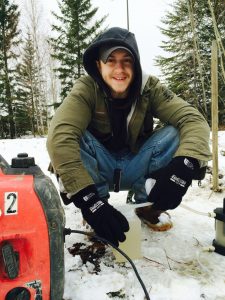In a Time of Change: Boreal Forest Stories
Embark on a foray into the forest with over 44 cross-disciplinary creators of Boreal Forest Stories. For more than 1.5 years, artists, writers, environmental educators, humanities scholars, and scientists exchanged knowledge and perspectives on the boreal forest and explored narrative as it applies across the disciplines. Through their original works, participants tell stories rooted in the boreal forest, including its ecology, its inhabitants, and their interactions. Their creative works appear in the Boreal Forest Stories multimedia gallery exhibit, literary reading, live performances, booklet, website, and a forthcoming book.
ITOC: Boreal Forest Stories was directed by UAF professor Mary Beth Leigh. Artists Margo Klass, Ree Nancarrow, and Susan Campbell curated the visual art exhibit and Jennifer Moss contributed graphic and web design. Writers Carolyn Kremers and Daryl Farmer led the writers’ cohort and musician Susan Grace directed the live performance. Geographer Elizabeth Alexander provided organizational assistance and artist Klara Maisch coordinated social media outreach. Lissy Goralnik (Michigan State University) performed research and evaluation of the collaborative process and its impacts. Boreal Forest Stories was funded by the National Science Foundation through the Bonanza Creek Long Term Ecological Research Program with additional support from the UAF Institute of Arctic Biology and other sponsors. Special thanks to the Fairbanks Arts Association for hosting the premiere exhibit.
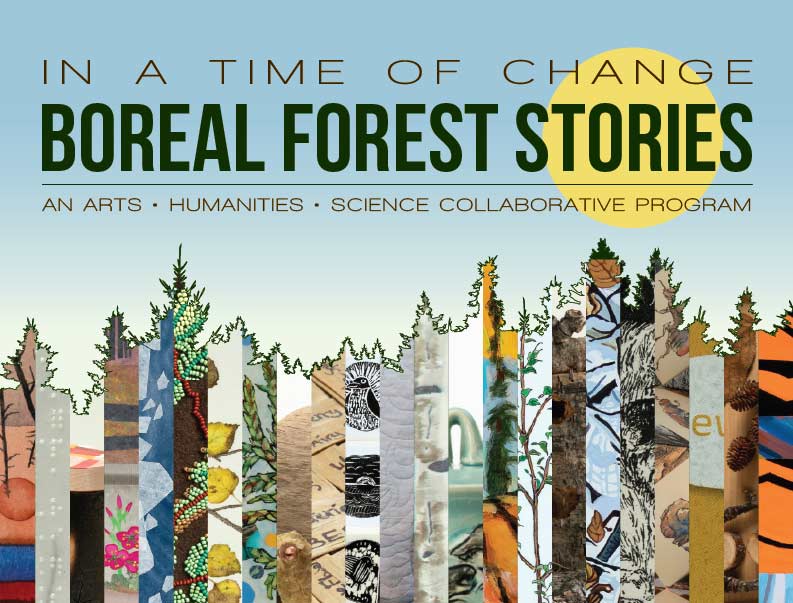
In a Time of Change: Boreal Forest Stories
Premiere Exhibition • September 2-30, 2022
In coordination with ARCTIC FEST
Exhibit: Sept. 2-30, 2022, Mon-Sat, 12-6 pm, Bear Gallery, Alaska Centennial Center for the Arts, Pioneer Park, Fairbanks, Alaska
- Exhibit Opening Day: Sept. 2, 2022, 12-8 pm, Bear Gallery
- Reception with ITOC participants: Sept. 2, 2022, 4-6 pm, Bear Gallery
- Literary Reading: Sept. 3, 2022, 1:00 pm, Centennial Center Theater
- Live Performance: Sept. 3, 2022, 7:30 p.m., Centennial Center Theater
- Additional ITOC activities:
- Outdoor Mindful Movement Workshops: Sept. 2, 10-11:30 am, 12-1:30 pm. With Molissa Udevitz. Co-hosted by OneTree Alaska. Meet at the University of Alaska Ski Hut. Register in advance (free).
- Puppet-Making Workshop and Puppet Parade: Aug. 27, 2022-Sept. 3, 2022. With Maite Agopian and Marianne Stolz. Co-hosted by The Folk School. Cabin 66, Pioneer Park. Register in advance (pay what you can).
Learn more at itoc.alaska.edu
